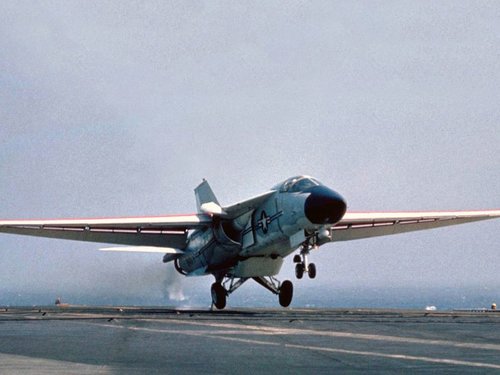Elan Vital
ACCESS: Secret
- Joined
- 6 September 2019
- Messages
- 218
- Reaction score
- 321
Hi everyone,
Robert McNamara is infamously known on those forums for his particular handling of US military procurement. Selecting the losing contender instead of the one the military prefers, using the Total Procurement Package System that worked poorly with certain weapon programs, emphasizing standardization between different services regardless of their reasoning to have their own system...
Had he never been SecDef, how different would US procurement be? What designs would be selected by the military, and what programs could still suffer from industrial-political shenanigans in this period?
Robert McNamara is infamously known on those forums for his particular handling of US military procurement. Selecting the losing contender instead of the one the military prefers, using the Total Procurement Package System that worked poorly with certain weapon programs, emphasizing standardization between different services regardless of their reasoning to have their own system...
Had he never been SecDef, how different would US procurement be? What designs would be selected by the military, and what programs could still suffer from industrial-political shenanigans in this period?

